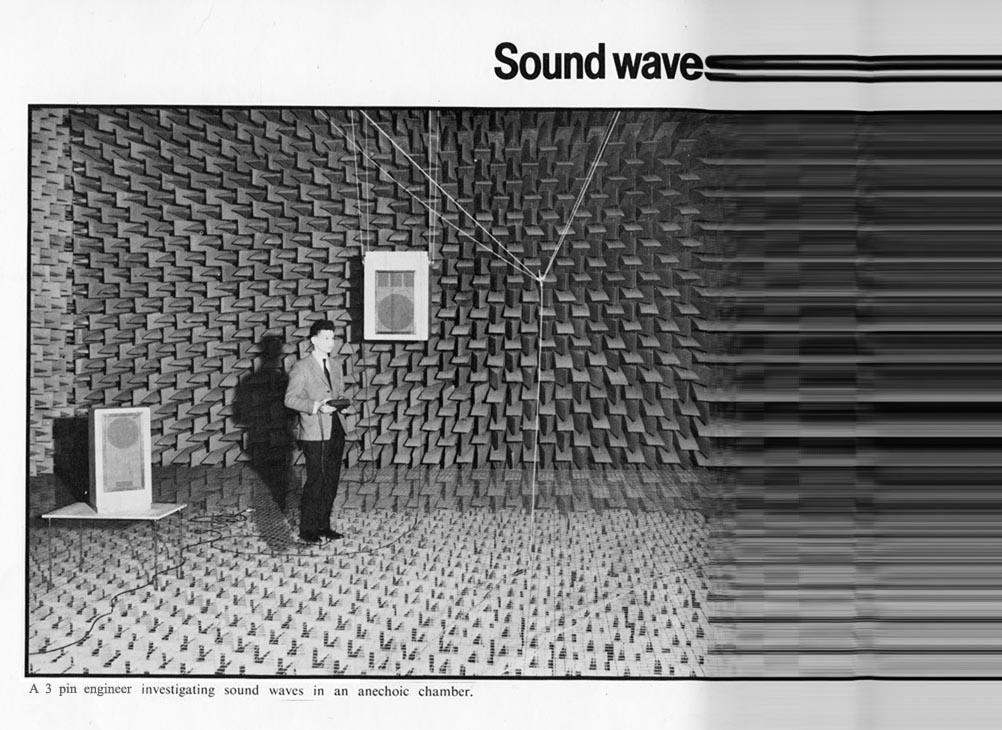The Paris Review website has an excerpt from the book The New Analog: Listening and Reconnecting in a Digital World by Damon Krukowski, an iconic indie rock musician and author. In the excerpt, Krukowski explores how the transition to digital technology for recording and listening to music eliminates the inadvertent sounds—the noise—that characterized analogue music, from the hum of the studio air-conditioning at the end of Sgt. Pepper’s Lonely Hearts Club Band, to the scratches on your favorite vinyl record that you’ve played countless times. Krukowski suggests that the transition from analogue to digital is a transition from tactile music to abstract, disembodied music. Here’s an excerpt:
Analog sound reproduction is tactile. It is, in part, a function of friction: the needle bounces in the groove, the tape drags across a magnetic head. Friction dissipates energy in the form of sound. Meaning: you hear these media being played. Surface noise and tape hiss are not flaws in analog media but artifacts of their use. Even the best engineering, the finest equipment, the “ideal” listening conditions cannot eliminate them. They are the sound of time, measured by the rotation of a record or reel of tape—not unlike the sounds made by the gears of an analog clock…
It is normal, with today’s digital media and devices, to have access to far more music than one can ever hear. The time it takes to listen to music is now in shorter supply than recordings. Digital music has created a time deficit.
Which means that even in my relatively small folder of digital bootlegs and promos, many will likely go unheard. More to the point: most will never be listened to closely. Close listening is a function of time. It starts at the beginning, takes in each note and the spaces between, and stops at the end.
Does that describe our digital listening habits? I for one find myself clicking through a good deal of digital music. If it’s online or on my computer, I skip around—I preview tracks, hearing a bit here, a bit there. My digital listening is to signal alone. I hear the notes but not the space between, or the depth below. It’s listening to the surface without the noise.
Image via Paris Review.
